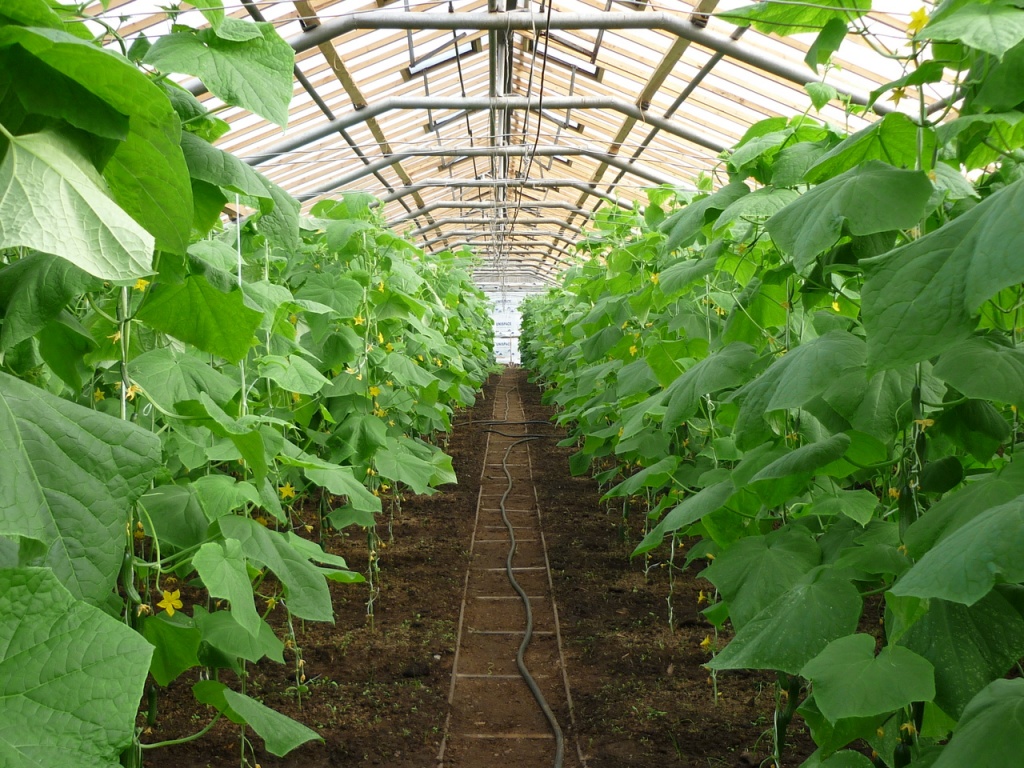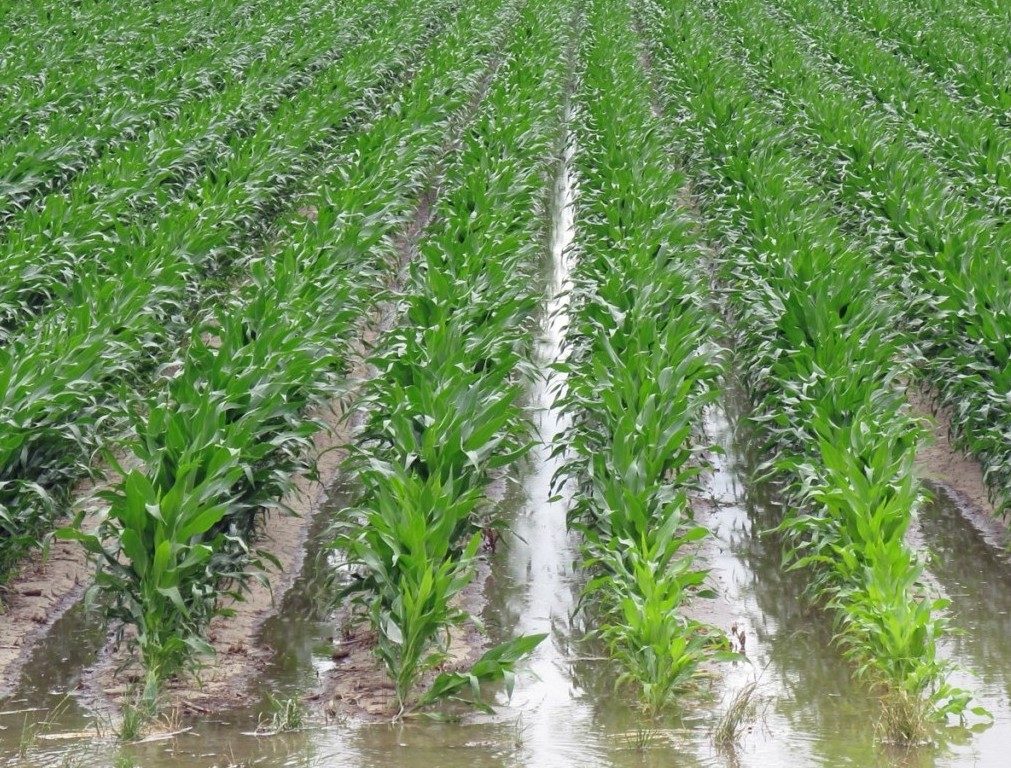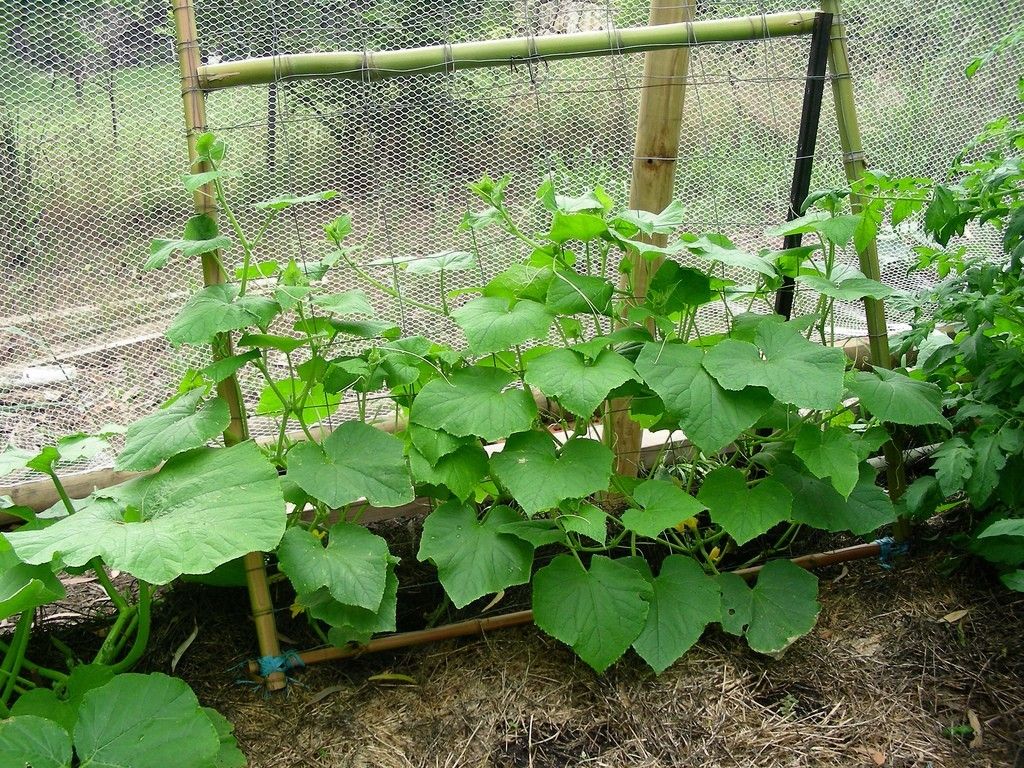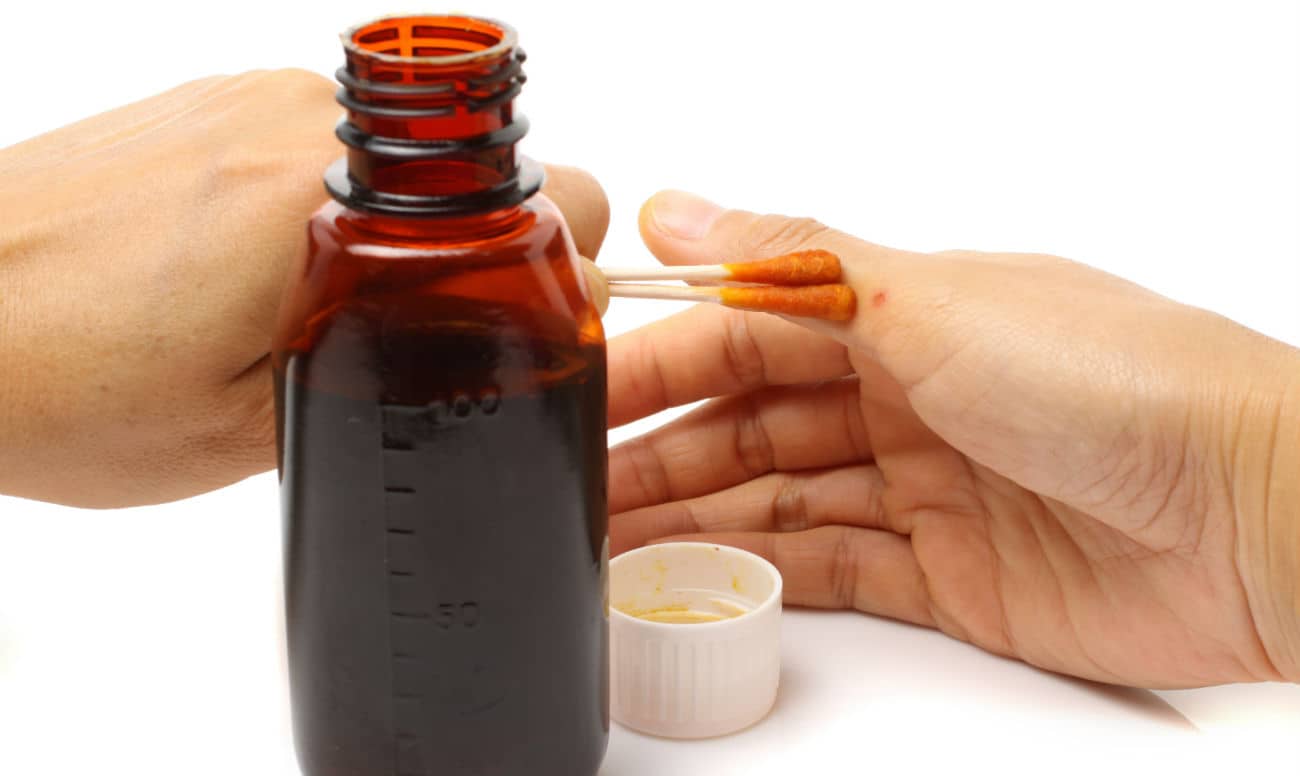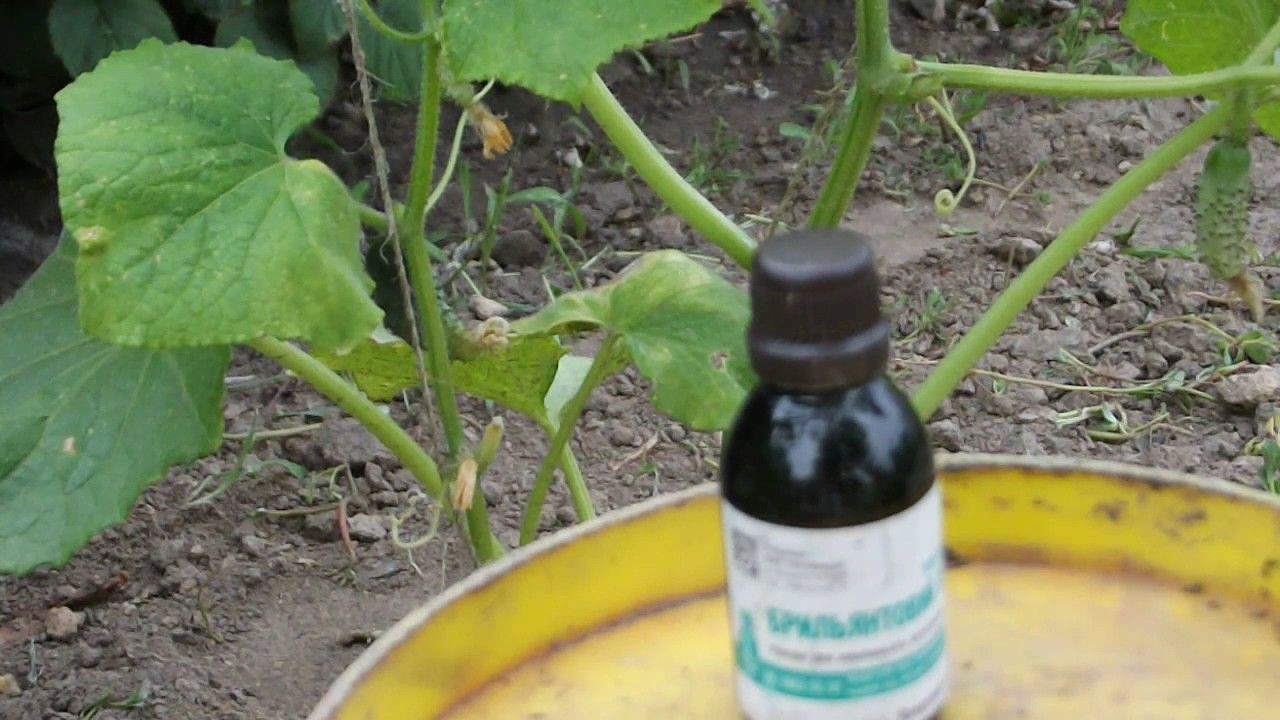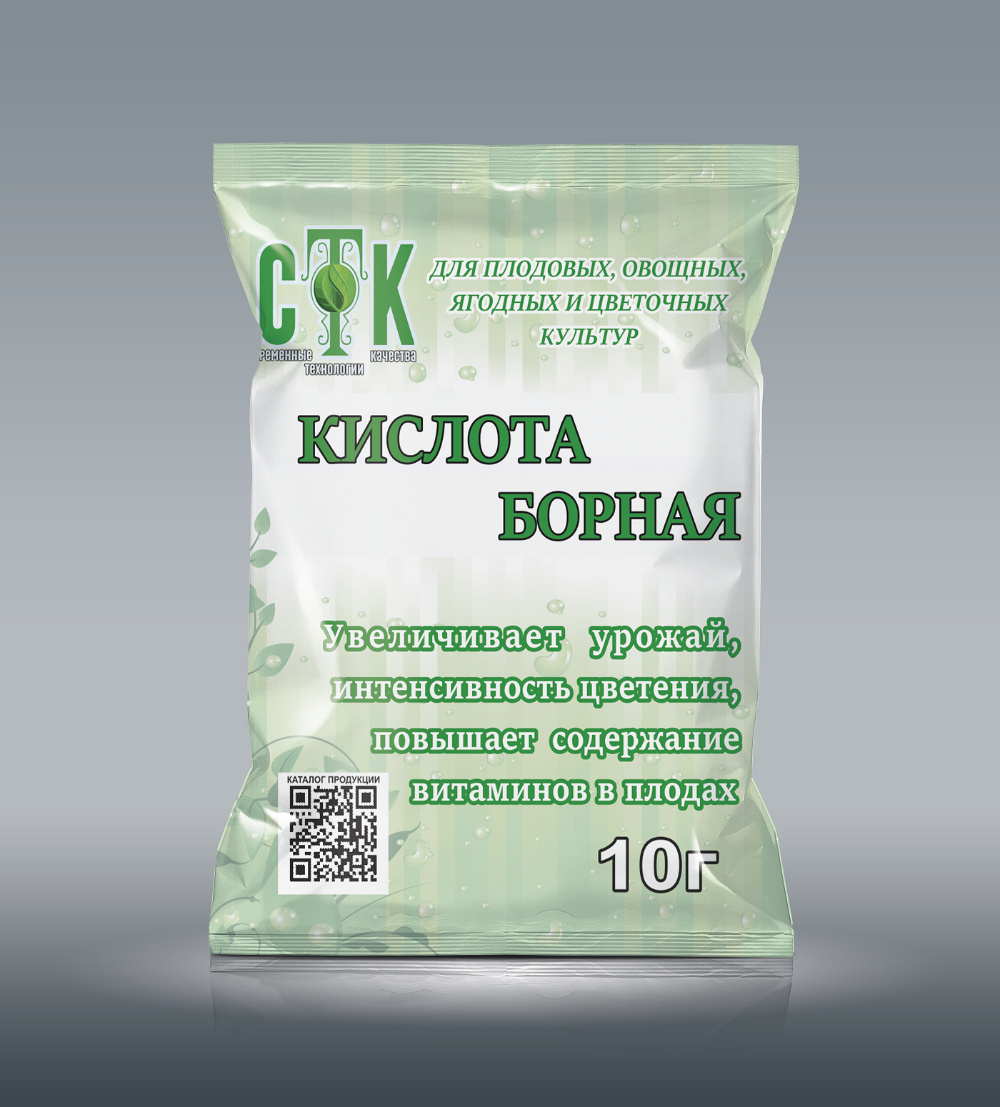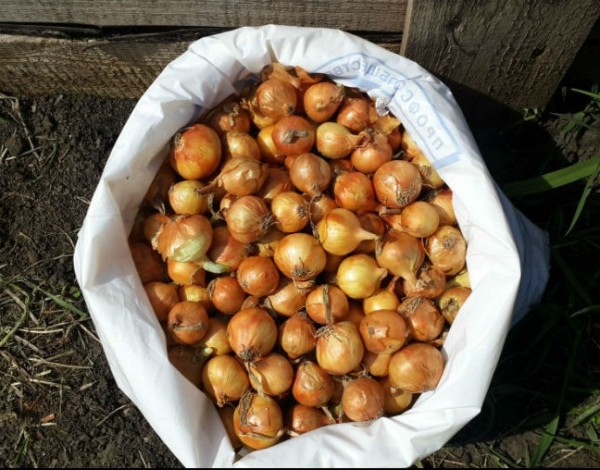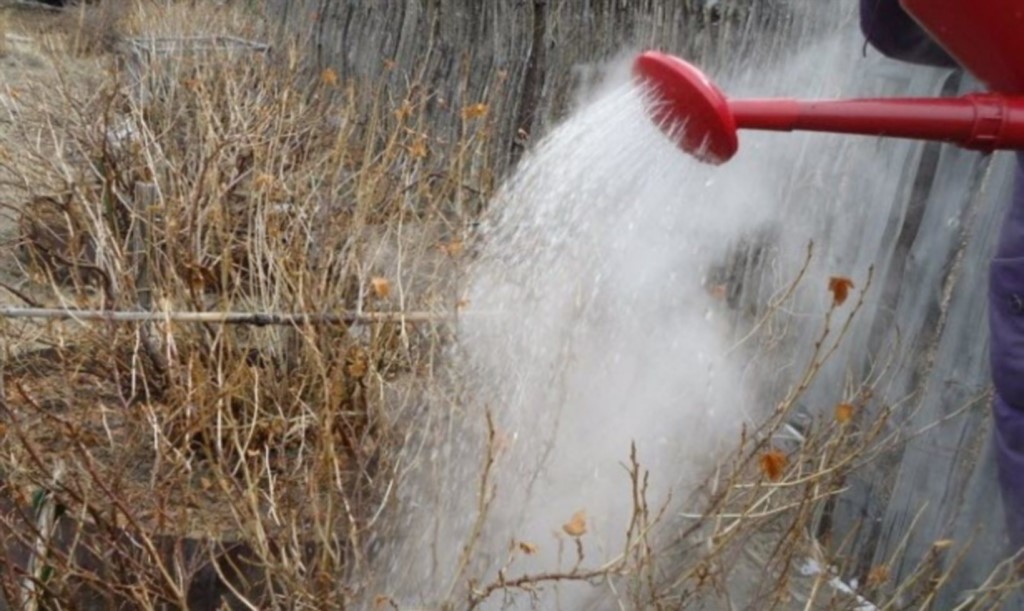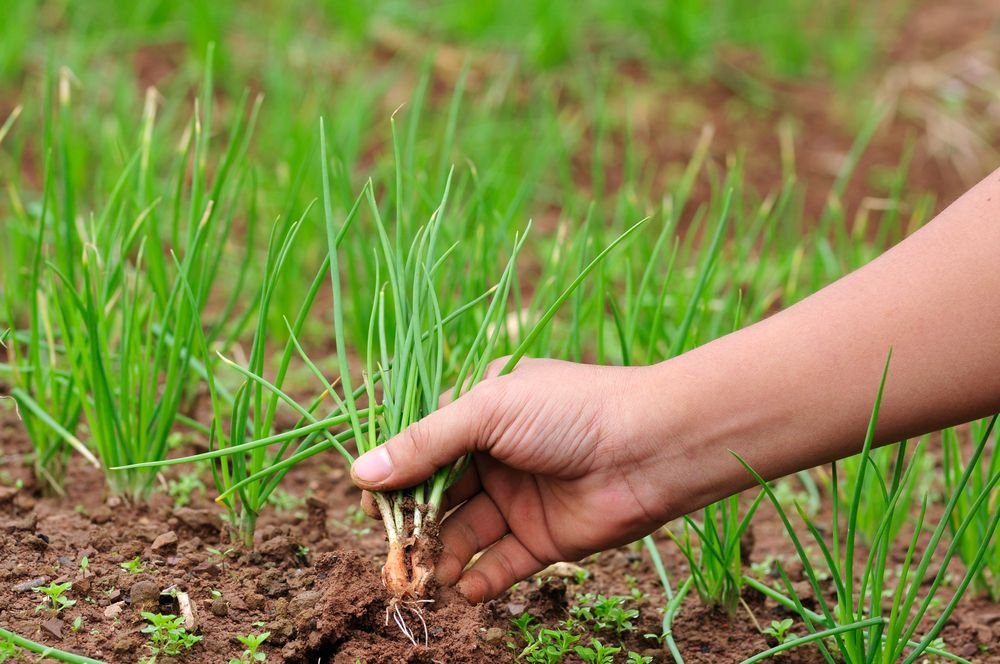Content:
Cucumbers are the most common garden crop, which, based on climate conditions, can be grown both in the open field and in a greenhouse, greenhouse or under temporary shelters. But the technology will be about the same. To obtain a rich and high-quality harvest in a short time, it is recommended to cultivate a crop through seedlings.
Growing seedlings in greenhouses and vegetable gardens
The approach to cultivation must be complex, several important parameters must be observed.
- Heat. Before planting, the soil should warm up to at least +15. The seeding depth is about 2 cm.
- Good food. The growing area must be prepared in advance. Rotted manure, mullein or chicken droppings (just before planting, in all holes) will be an ideal fertilizer. The superficial root system of a plant needs a structured soil, constant oxygen supply and sufficient moisture.
- Sufficient moisture level. Cucumbers require constant hydration for normal development. But you cannot water them with cold water, the optimum temperature is +18.
Cucumber is a short day culture. This means that the beginning and end of summer will be the ideal growing period.
How to get good harvests
To grow a high-quality crop, cucumbers need not only to be watered regularly, but also to carry out constant feeding, mulching, to collect fruits in a timely manner, it is the regularity and complexity of care that is the key to success.
First of all, they choose a place and prepare the soil. It is important to provide enough light. The best direction for the location of the beds is north-south.
Cow dung is an ideal fertilizer. In its absence - chicken manure (previously diluted with water) or any other available complex mineral fertilizer.
It is better to divide the procedure into several stages so as not to miscalculate over time (sometimes the cold returns). As a rule, they begin in the second half of May, until mid-June. Later plantings do not make sense, because long light days with high temperatures interfere with the normal development of fruits.
As part of modern breeding, not only crops have been bred for different climatic zones, but hybrid varieties that are more resistant to diseases, you can opt for them. This way you can reduce the hassle associated with leaving and get quality fruits.
Water the plants in the holes between the rows, keeping the moisture level constant. Evening watering is optimal, but you can also water in the morning, before the heat begins, with cold water, which should not fall on the foliage.
If organic fertilizers have not been previously applied to the soil, the cucumbers need regular feeding. They begin to be carried out after 2-3 true leaves grow, continuing until fruiting lasts. Most of all, cucumbers need nitrogen, but for normal growth they cannot do without phosphorus and potassium. For this purpose, summer residents with experience are advised to alternate mineral fertilizers and organic matter.
Hilling of roots should be carried out a couple of times throughout the season.
Another component of good care is the formation of plants. It is carried out for the sake of faster development of lateral shoots, on which many female inflorescences are formed. Pinch the central stem over the 5th leaf. It is not necessary to form early varieties.
Grooming and plucking alone is not enough to increase the number of fruits. There are other techniques for enhancing the growth of female flowers.
- Watering is temporarily stopped before the flowering period. Plants will begin to "think" that they will soon die, and intensively form fruits.
- Different varieties and hybrids are mixed in planting - this will increase cross-pollination.
- Stem banding procedure: make a small incision in a circle under the first leaves (only in dry weather), which will not allow nutrients to move to the rhizomes, stimulating the formation of multiple ovaries.
- Elimination of the first ovary. With this technique, the root system is strengthened, the plant receives more strength for the formation of fruits.
When the formation of zelents is declining, you can make foliar top dressing with urea (dissolve 20 g in 10 liters of water), but spend it either in the evening after rain, or when the weather is cloudy.
Cucumbers are climbing plants, so vertical cultivation can be considered. Supports can be inclined, vertical, arranged along the beds or around them - as it is more convenient for anyone. It is important that the crops do not come into contact with the ground, they are ventilated. Then it will be easier to pick the fruits.
Disease protection
To combat various fungal diseases, it is useful to treat cucumbers with brilliant green and iodine. Greenery for cucumbers is a powerful antiseptic, disinfects, helping to get rid of downy mildew, gray and white rot, bacteriosis. After processing, the cucumbers acquire a bright green hue, the foliage will become more lush. To obtain abundant and rich harvests, it is worth using a green solution - there is brilliant green in each of the pharmacies, it costs a penny.
For spraying to bring the desired effect, it is important to properly prepare the solution. The proportions for seedlings and mature plants will not be the same. For prophylactic purposes, a very weak solution is prepared: 10 drops of the agent are dissolved in 10 liters of cold water. Pre-irrigation of the soil is mandatory.
To feed the rhizomes directly, five drops of the drug, dissolved in a liter of water, are enough.
Cracked fruit can also be processed. With cracks, brilliant green is mixed with milk whey and spraying is carried out. So the harvest will be preserved for a long time without loss of taste.
Iodine for cucumbers is a cheap folk method of saving plants from diseases and rot. Iodine for cucumber seedlings is an analogue of expensive special substances that are purchased in shops for gardeners. He can save a plant that is starting to wither. Iodine concentrate will help restore the cells and energy of vegetables.
The method of preparing the mixture depends on the purpose of processing. On open soil or in a greenhouse, cucumbers are treated with iodine or brilliant green using a spray bottle twice a month. The recommended proportion is 5 ml per 10 liters of water.
To eliminate diseases, iodine in the garden is used for cucumbers in the proportion of 1 part of the medicine to 2 parts of water. Already after the first procedure, you can notice a positive effect.
Zelenka and iodine will help eliminate powdery mildew when whey is added to them. 15 drops of iodine or brilliant green, 2 liters of milk (can be replaced with whey), a pinch of urea, 10 liters of water at room temperature. Stir. Water the resulting mixture during flowering, tying, then after another 14 days. This will prevent the spread of the fungus.
There is another way: dissolve the grated laundry soap in a bucket of water, add 0.5 liters of milk or kefir, 14 drops of iodine. The resulting liquid is watered all the bushes in turn.
To heal damage, damaged stems or leaves are smeared with a solution.
Zelenka and iodine for cucumbers are simple and affordable means to help preserve and increase yields.
